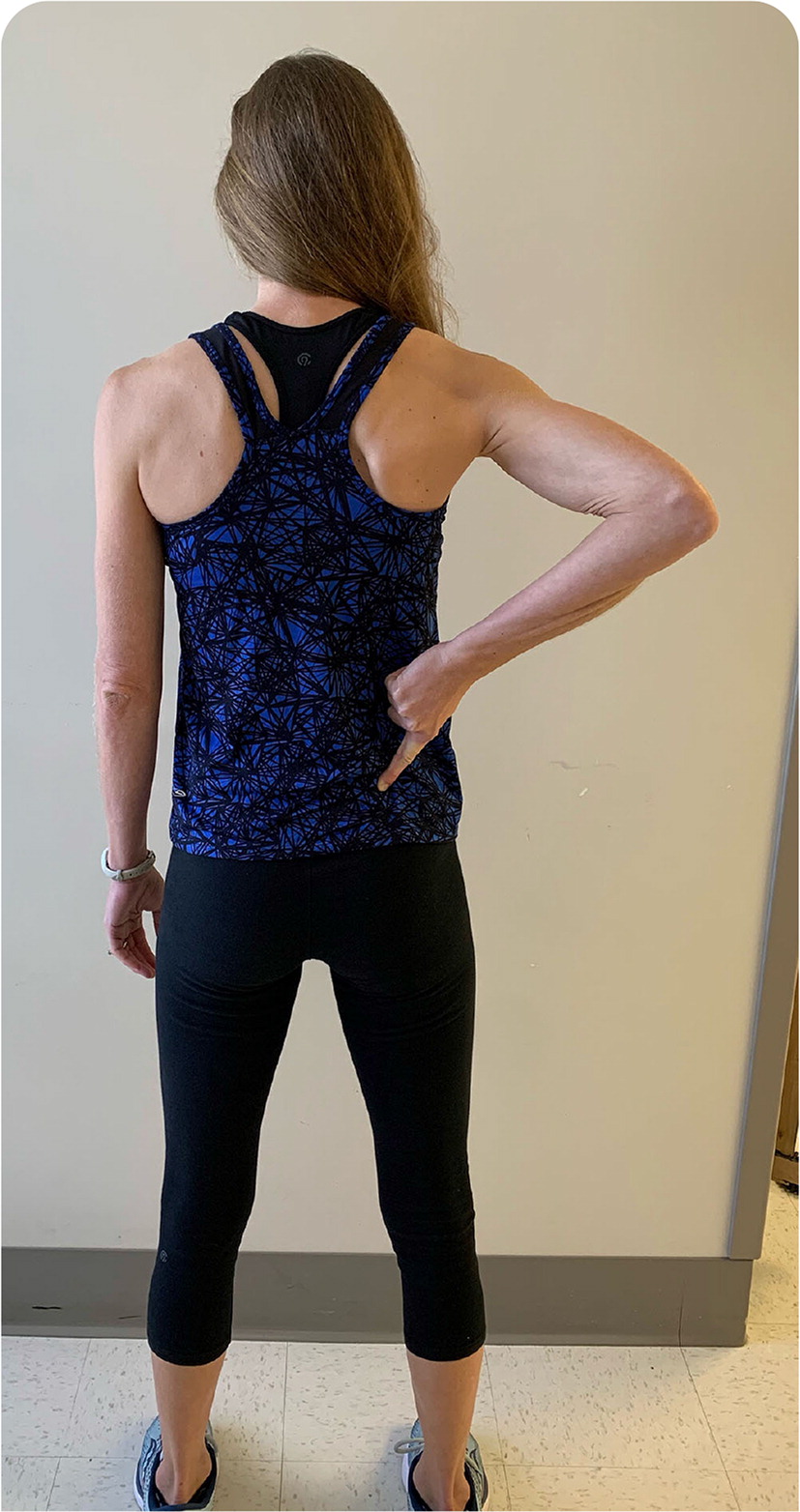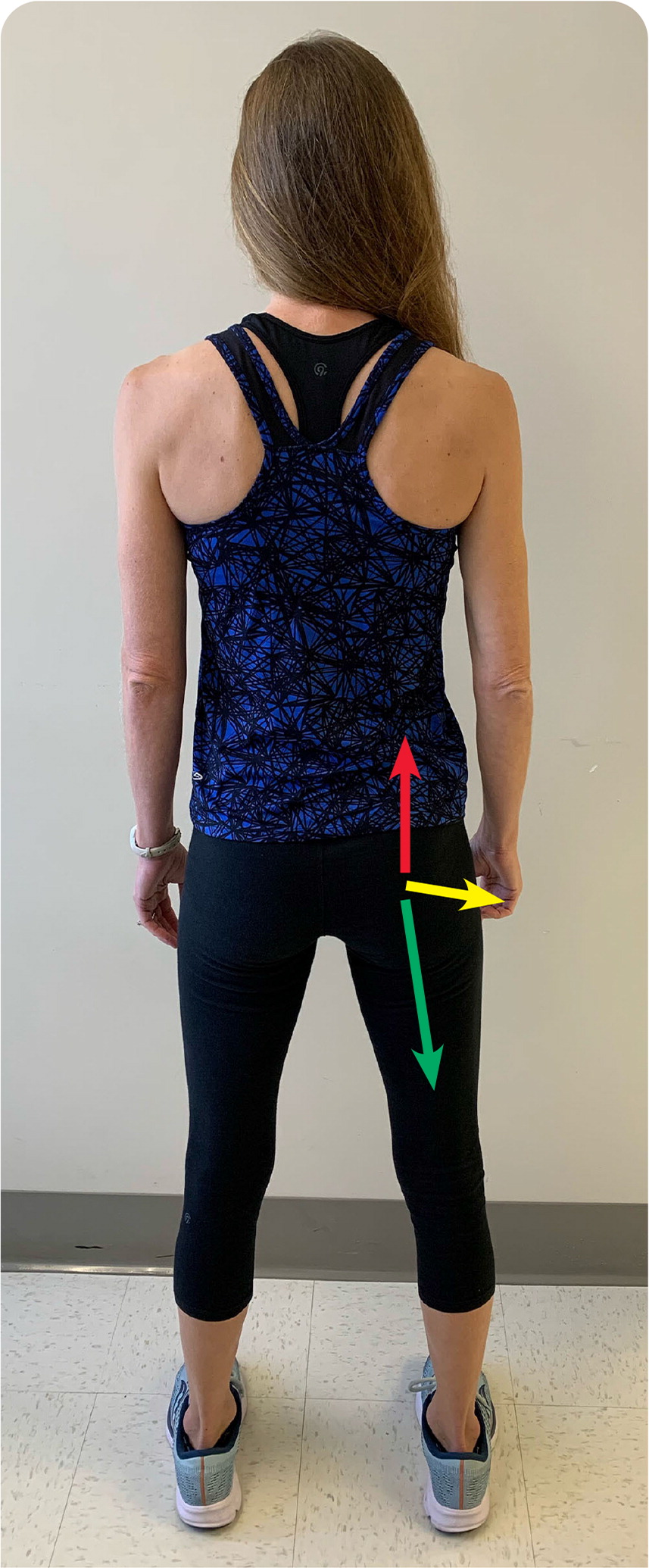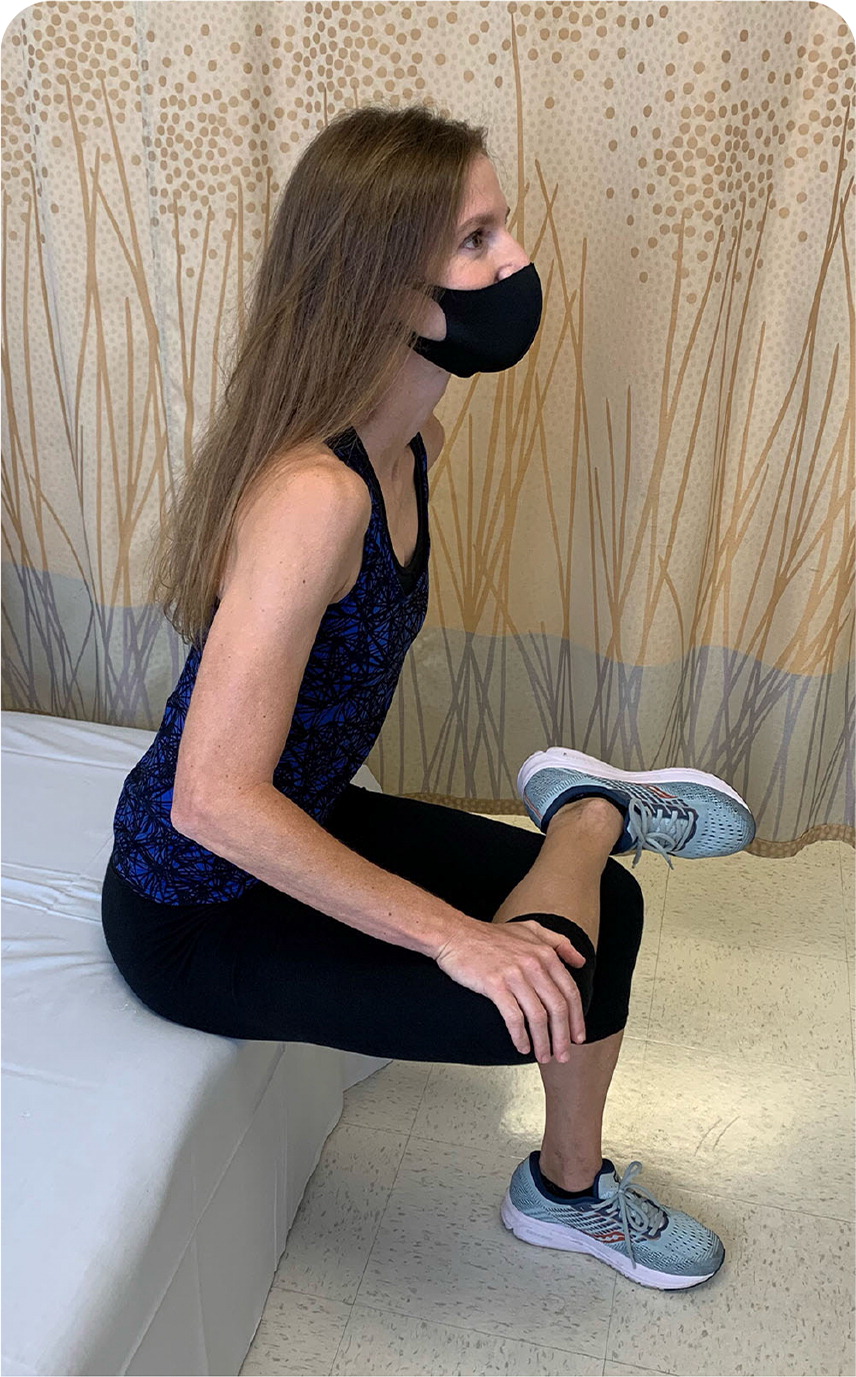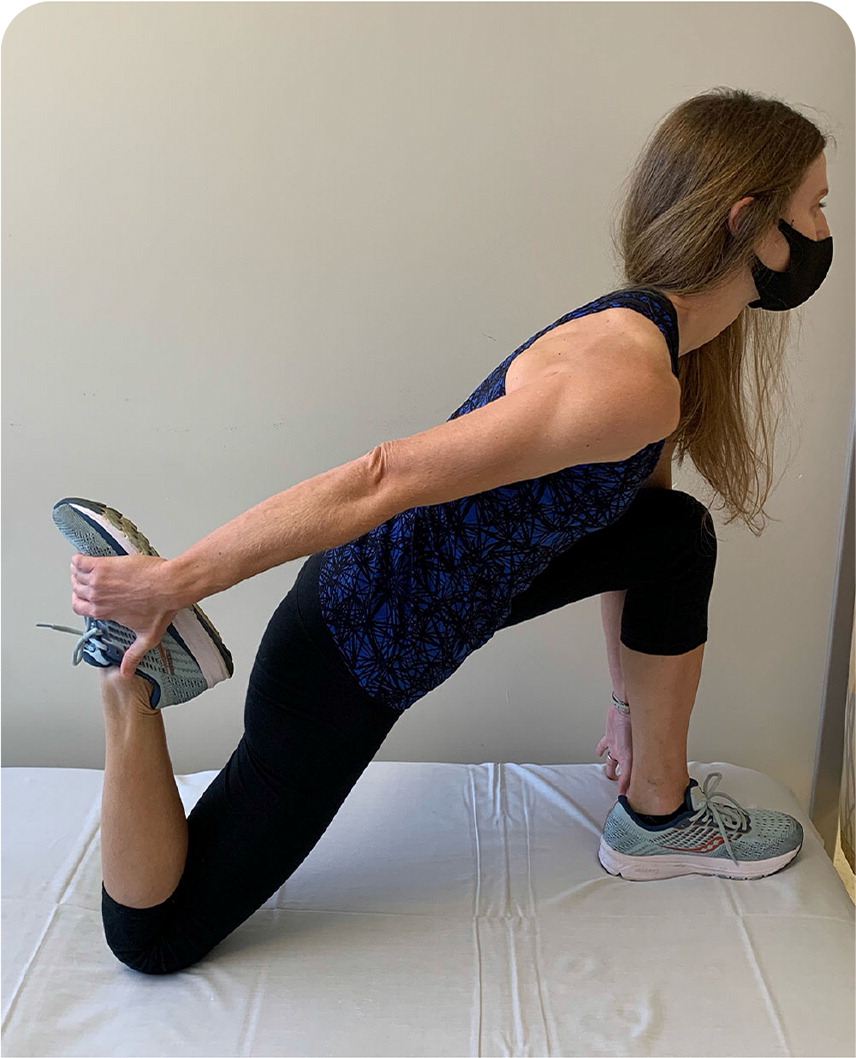
Am Fam Physician. 2022;105(3):online
Related article: Sacroiliac Joint Dysfunction: Diagnosis and Treatment
What is sacroiliac joint dysfunction?
Sacroiliac (sa-krow-i-lee-ak) joint dysfunction is a type of low back pain. Pain is felt along the buttocks (see Photo 1) on one side or both sides, but not in the center. The pain can be felt (see Photo 2) up along the back muscles (red arrow), down along the back of the thigh (green arrow), or along the hip and groin (yellow arrow).


What causes sacroiliac joint dysfunction?
The most common causes are heavy lifting, falling onto your buttocks, and trauma such as car crashes. Recreational activities such as jogging and sports with repetitive motions may also cause pain. This condition is also common during and after pregnancy.
What are the symptoms of sacroiliac joint dysfunction?
Pain feels sharp, aching, or uncomfortable
Problems walking, limping, or taking shorter steps
Problems with getting up from sitting
Buttocks pain with or without pain down the leg after sitting for a long time
How long does the pain usually last?
It varies from person to person. If the pain lasts for more than two weeks, you should talk to your doctor. They may want you to take medicine, do simple exercises at home, or send you to a specialist in joint manipulation and exercise programs.
What exercises can I do to help with the pain?


Do I need any tests to help diagnose my problem?
Most people do not need tests for this problem, but your doctor or physical therapist might try some tests that apply force to your legs and pelvis to test for the source of pain. If you have pain down your leg or your foot feels weak while walking, your doctor might want you to get an x-ray or MRI.
